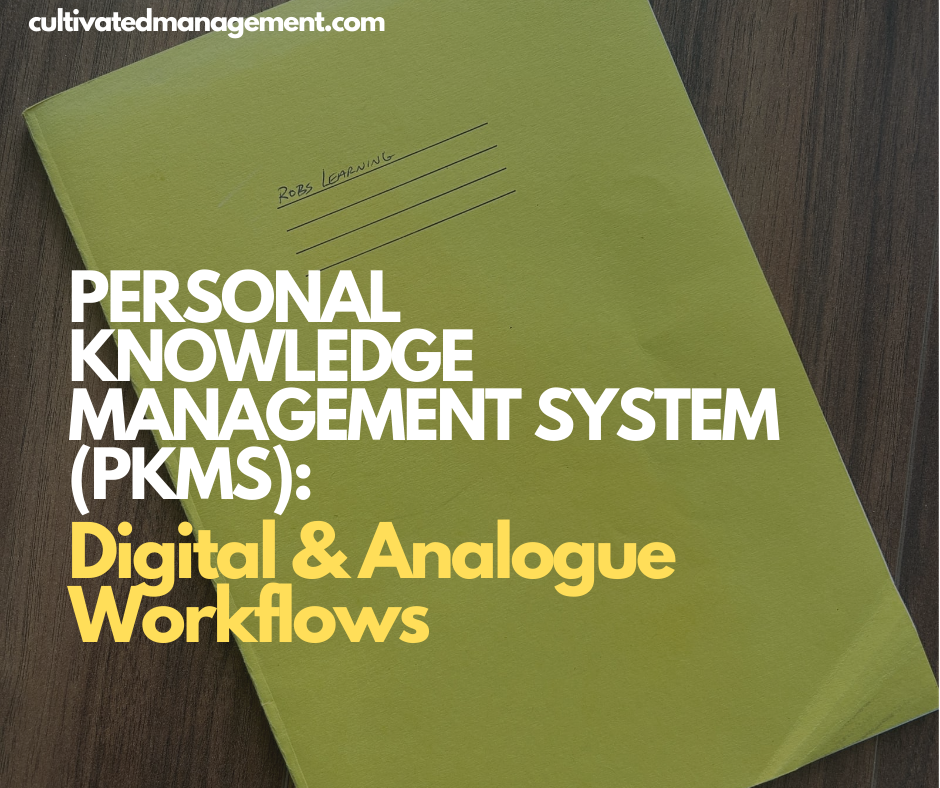
A Personal Knowledge Management System (PKMS) is a set of tools, containers, and rules designed to help learning and personal development. In this post, I’ll share my current PKMS through the lens of my learning model: Capture, Curate, Crunch, Contribute.
👉 See the original article on Personal Knowledge Management Systems where I introduce the 4 C philosophy.
Learning Philosophy
Before we jump into the details, let me first introduce my two key philosophies that guide my approach:
- Learn by doing. Task acquisition and on-the-job practice turn information into actionable knowledge.
- Follow a four-stage PKMS:
- Capture: Collect information, insights, and references.
- Curate: Filter what’s worth keeping – and tag it accordingly.
- Crunch: Put information into action and integrate it with existing knowledge.
- Contribute: Share knowledge through teaching, writing, or mentoring.
In this article, I focus mainly on capturing and curating, with some contribution. Crunching (the learning phase) is covered in my main article on PKMS.
This video shows the whole process in more depth, or read on for the details and images of the process.
The Tools I Use
Joplin – My “Second Brain”
An open-source note-taking system, Joplin syncs across devices via Dropbox (or their cloud service). I capture:
- Ideas, thoughts, and references not suited for Zotero
- Emails, photos, and life logs
- Miscellaneous notes for temporary or long-term storage
I also use it for editorial workflow: hashtags, newsletter blurbs, camera/audio settings, and inspiration.
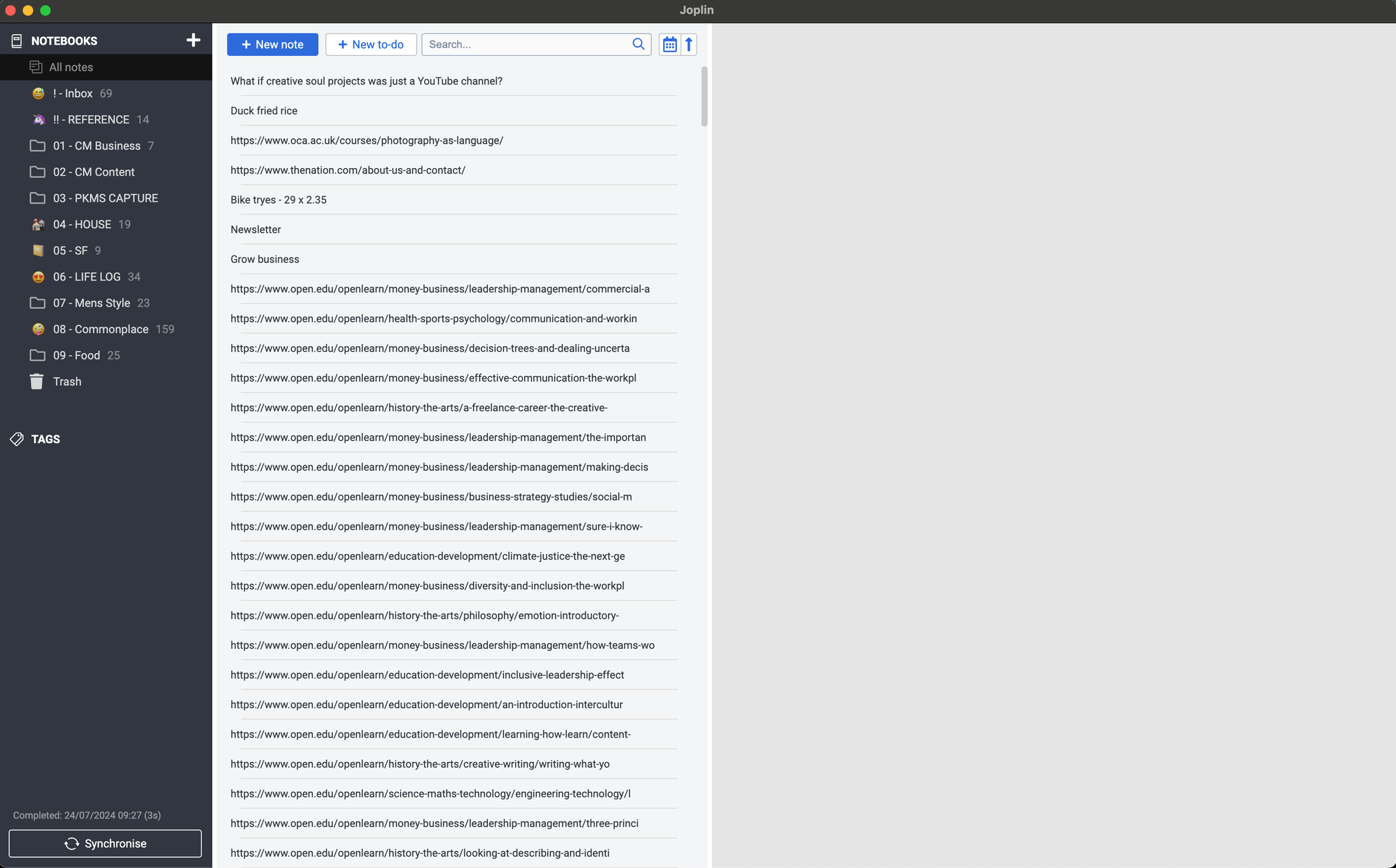


Screen shots showing how I use Joplin to add notes, structure my folders and writing
Zotero – My Research Assistant
Zotero stores references, articles, PDFs, and other learning resources. My workflow:
- Add new items to a master “!To Process” collection.
- Use tags for sorting, rather than multiple collections.
- Download PDFs or course materials, annotate, and extract highlights into notes.
- Reference and cite materials in Google Docs via the Zotero plugin.
This setup ensures all research and study materials are easily searchable and organised.
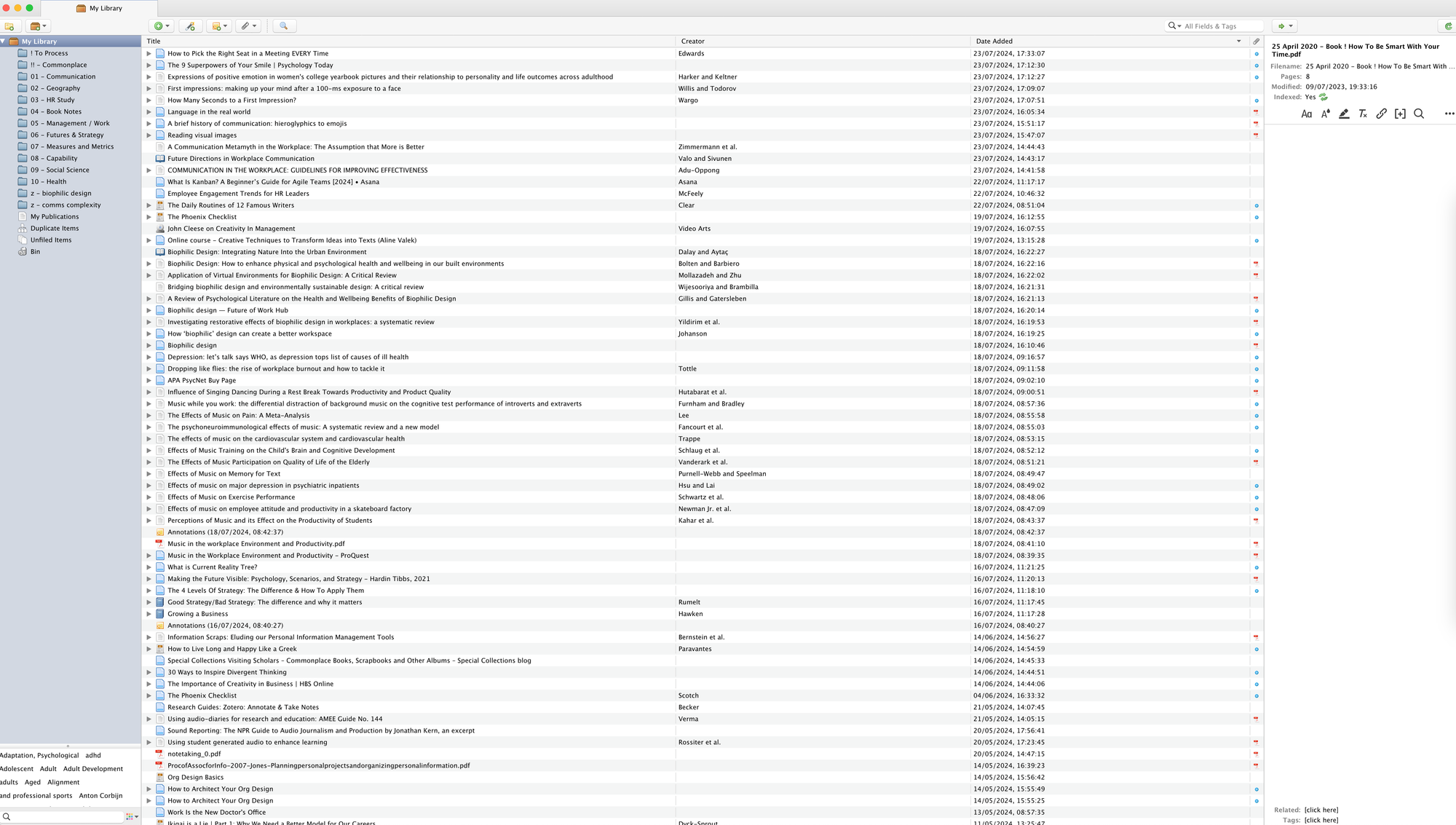

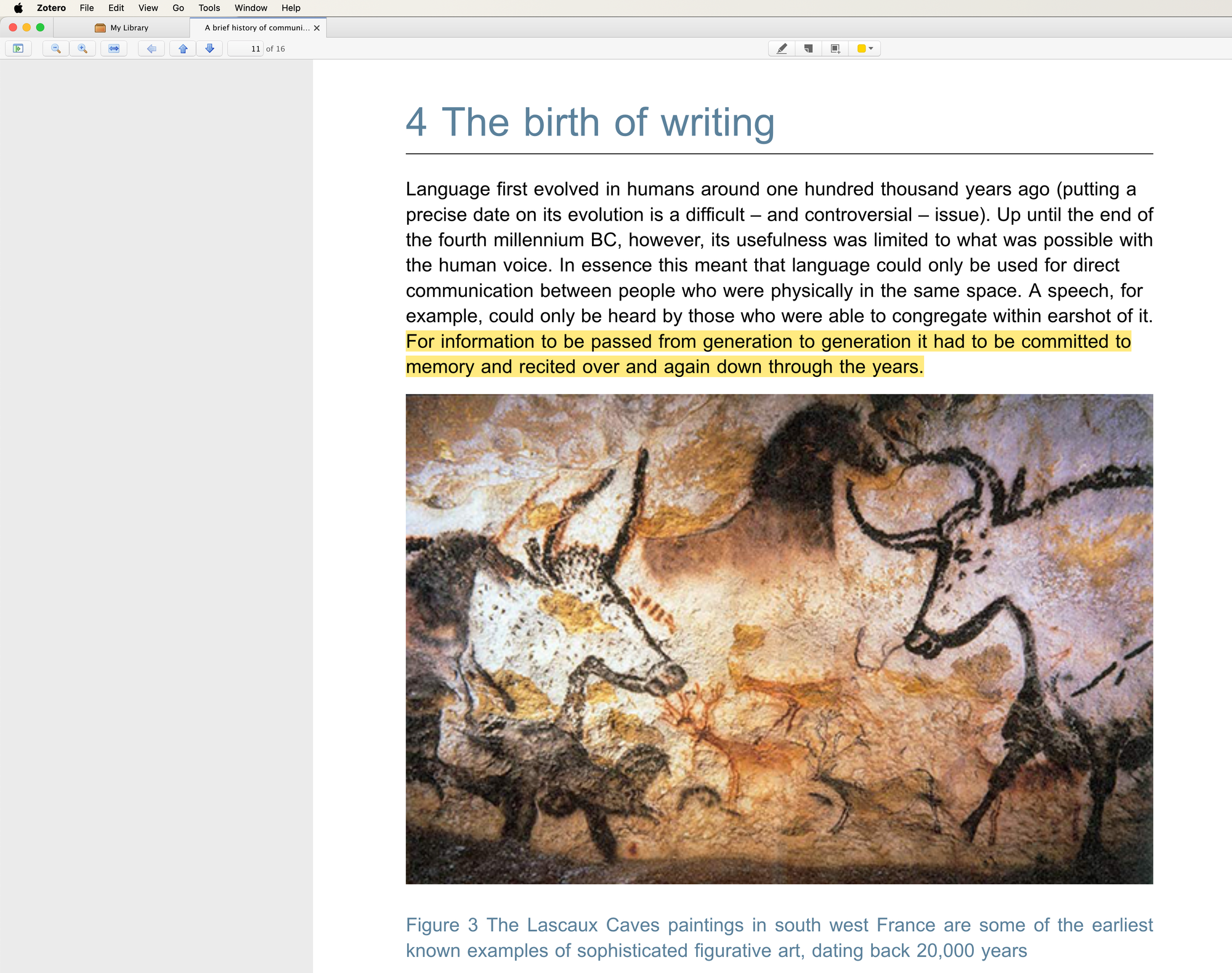
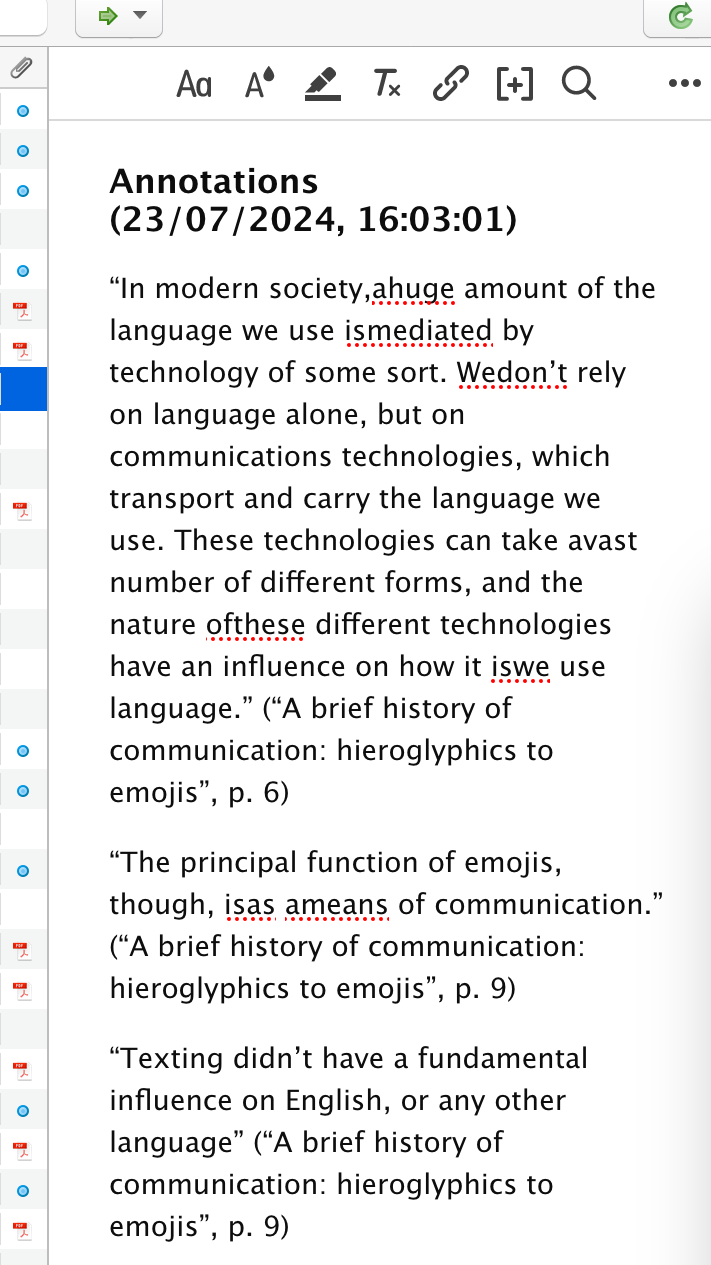
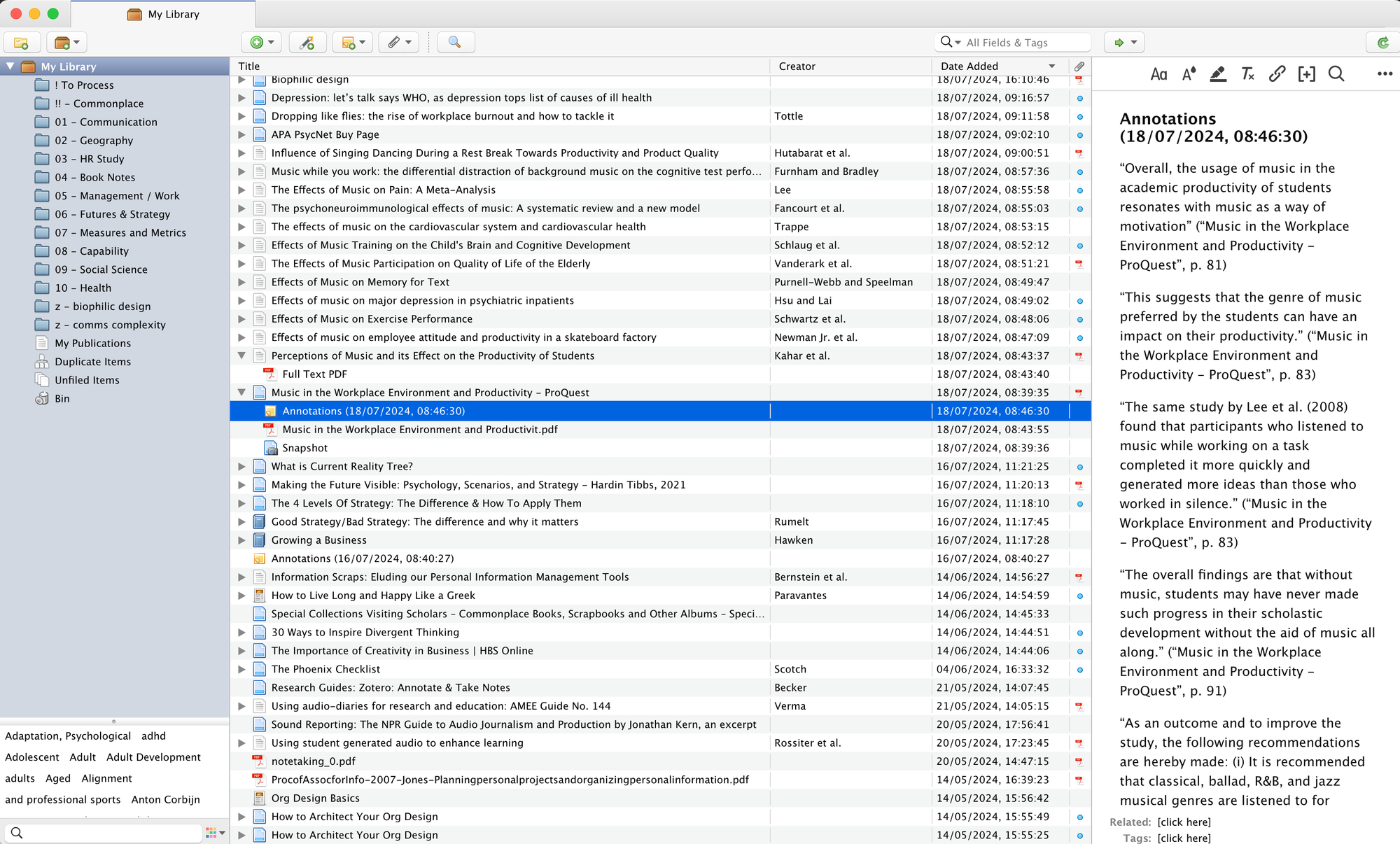
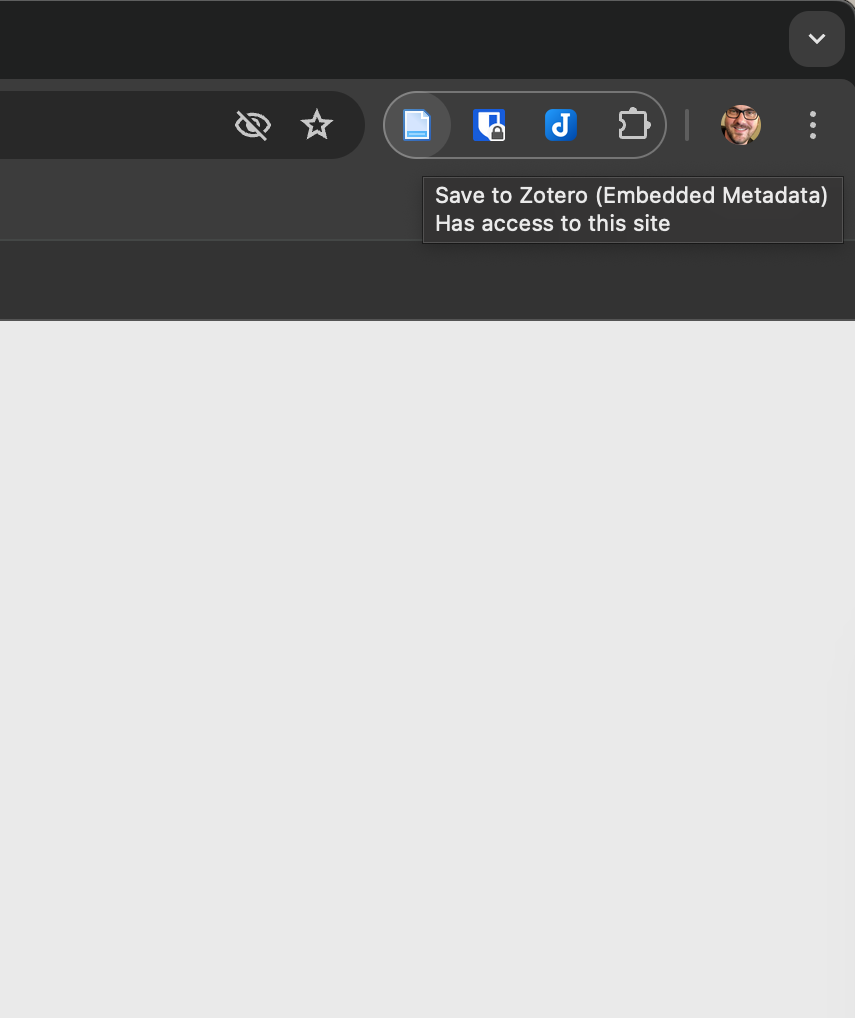
Screenshots showing how I use Zotero
Google Docs – Writing and Referencing
I write most articles and books in Google Docs for global access and offline capability. Using the Zotero plugin, I can:
- Insert citations directly into the document
- Generate bibliographies (though I often build these manually for articles I’ve reviewed extensively)

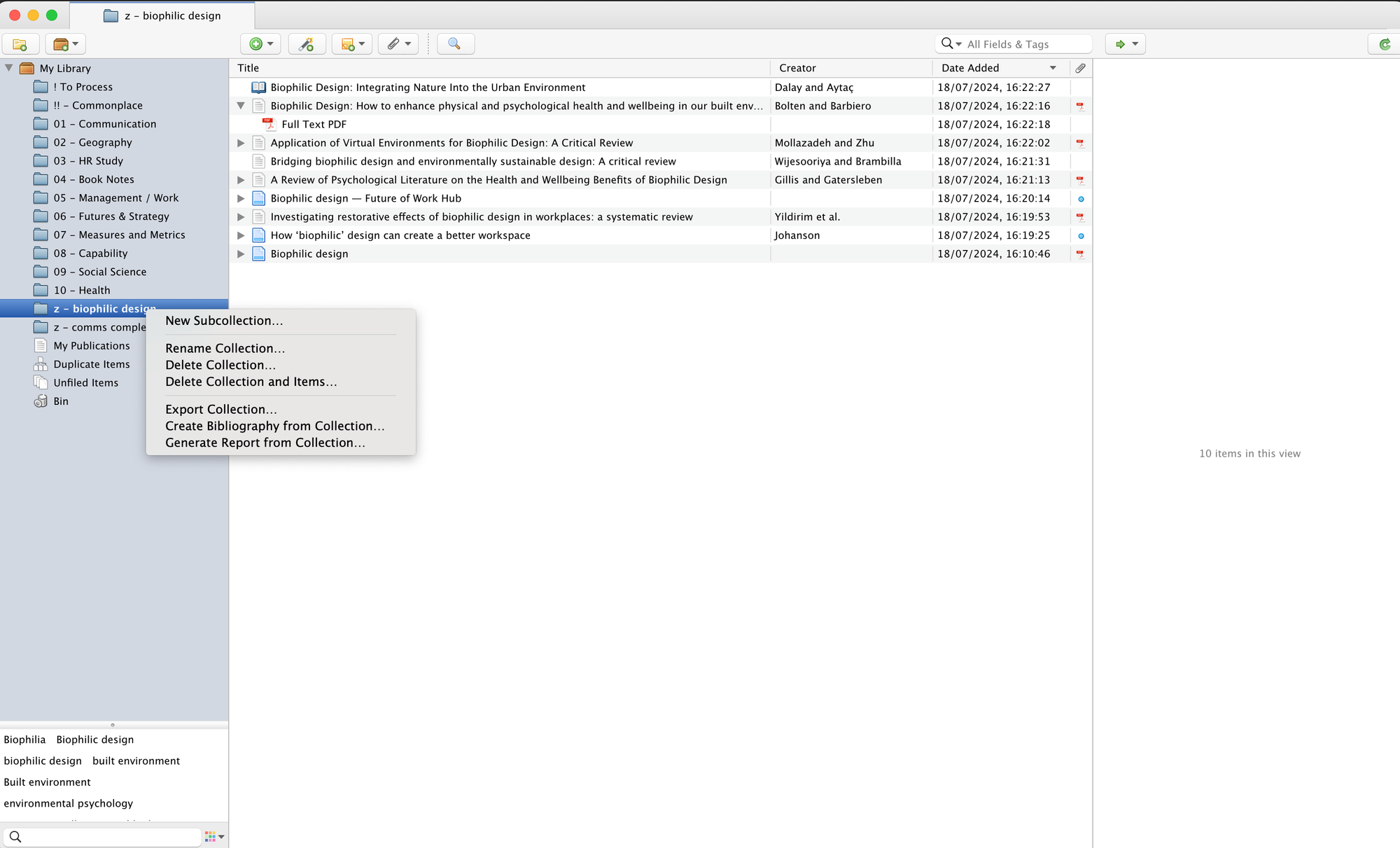
Images showing how you can generate citations and bibliographies in Google Docs using Zotero, or straight from Zotero itself
Notebooks – Analogue Capture
I use cheap notebooks for offline study notes from courses, conferences, or videos. These are informal and for personal use only. I tend to use the Cornell Note Taking method too.
When a notebook note is worth referencing:
- Add the source to Zotero.
- Photograph the notebook page and attach it to the Zotero item.
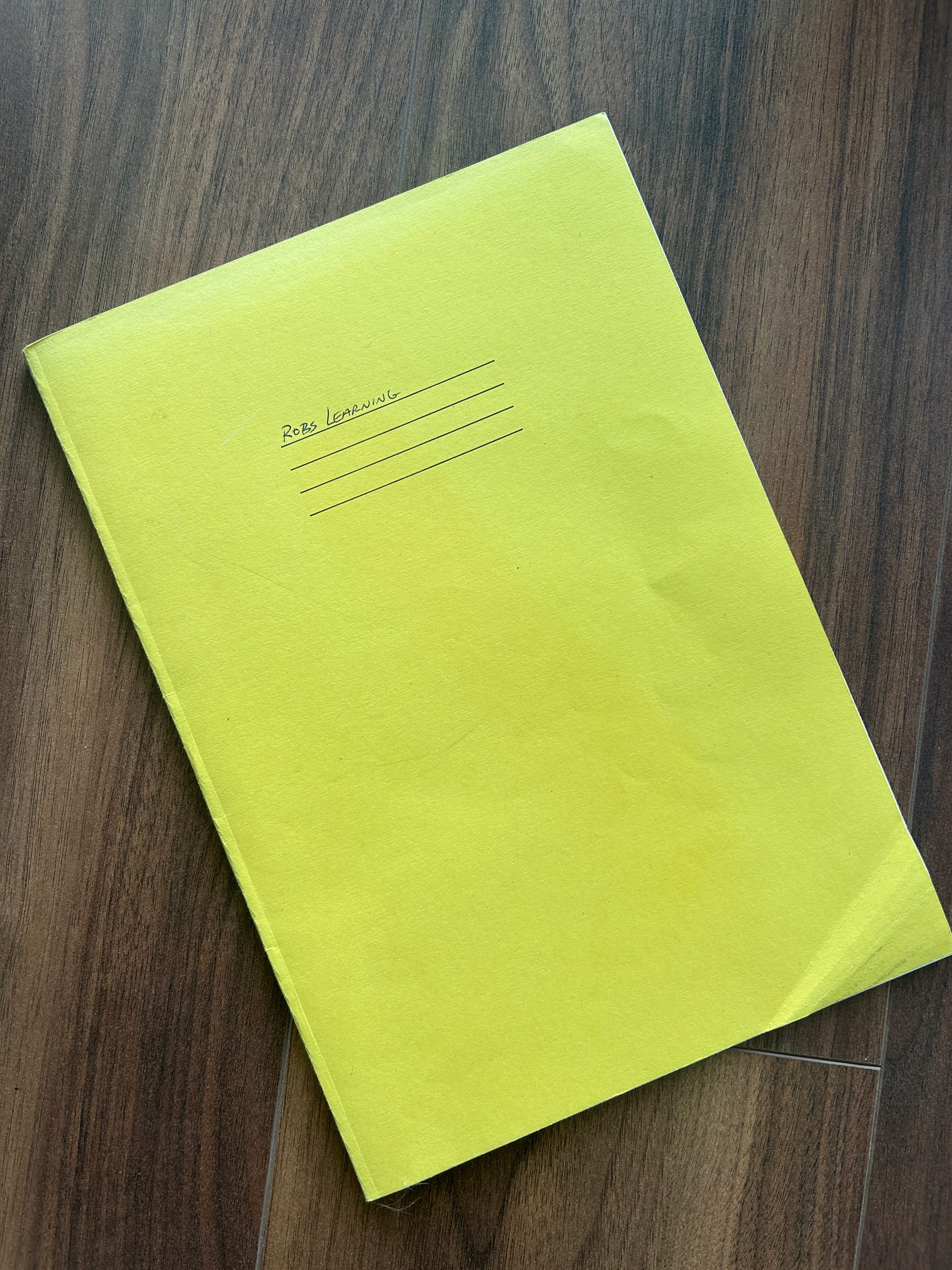
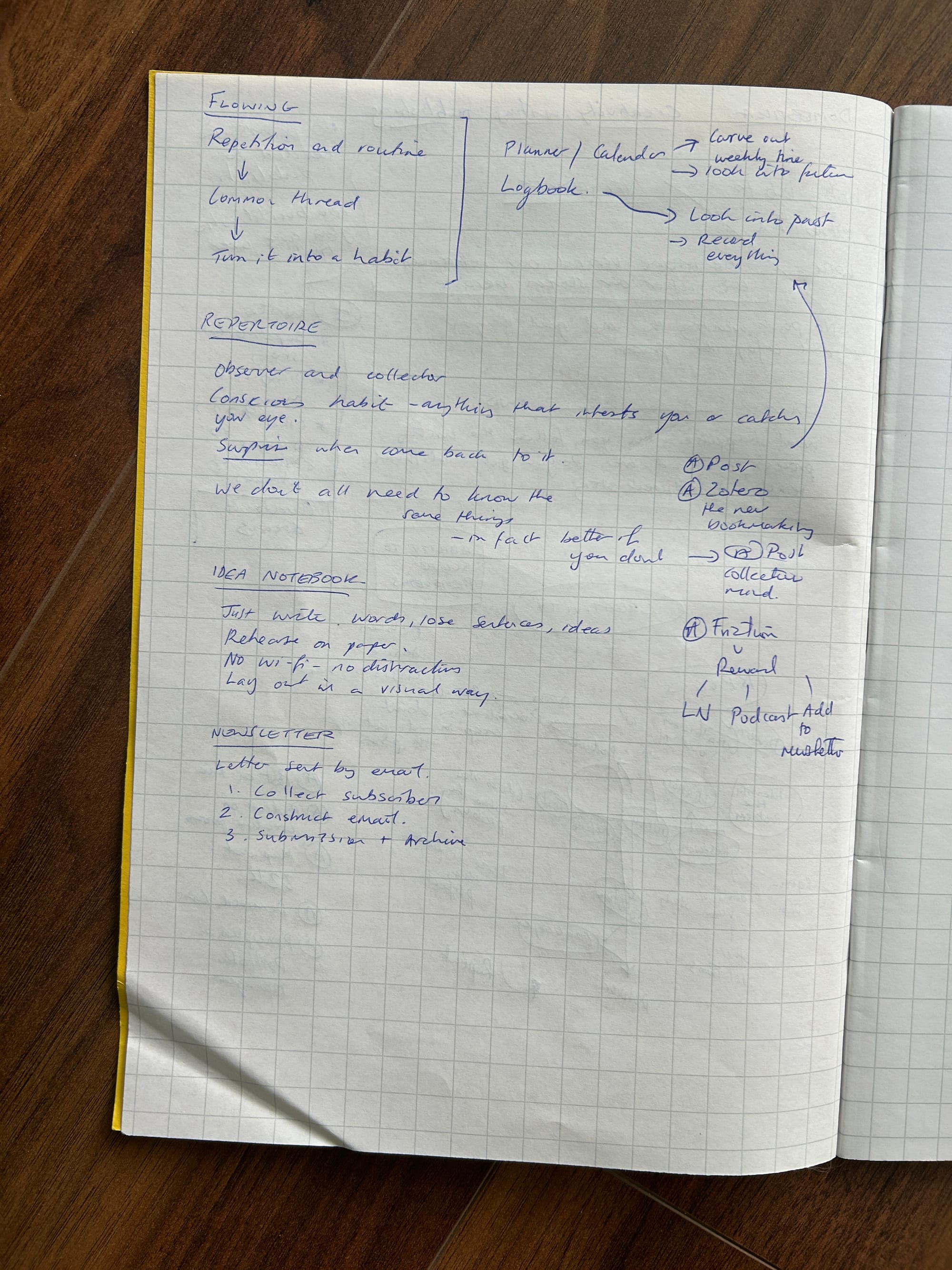
A3 Learning Notes – Curated Reference
After completing a study topic, I create an A3 learning note—a condensed, visual summary for future reference. These serve multiple purposes:
- Quick reference for my own work
- Teaching and contribution to others
- Legacy for my kids and readers
The Learning Notes tag has some learning note examples from across this website.
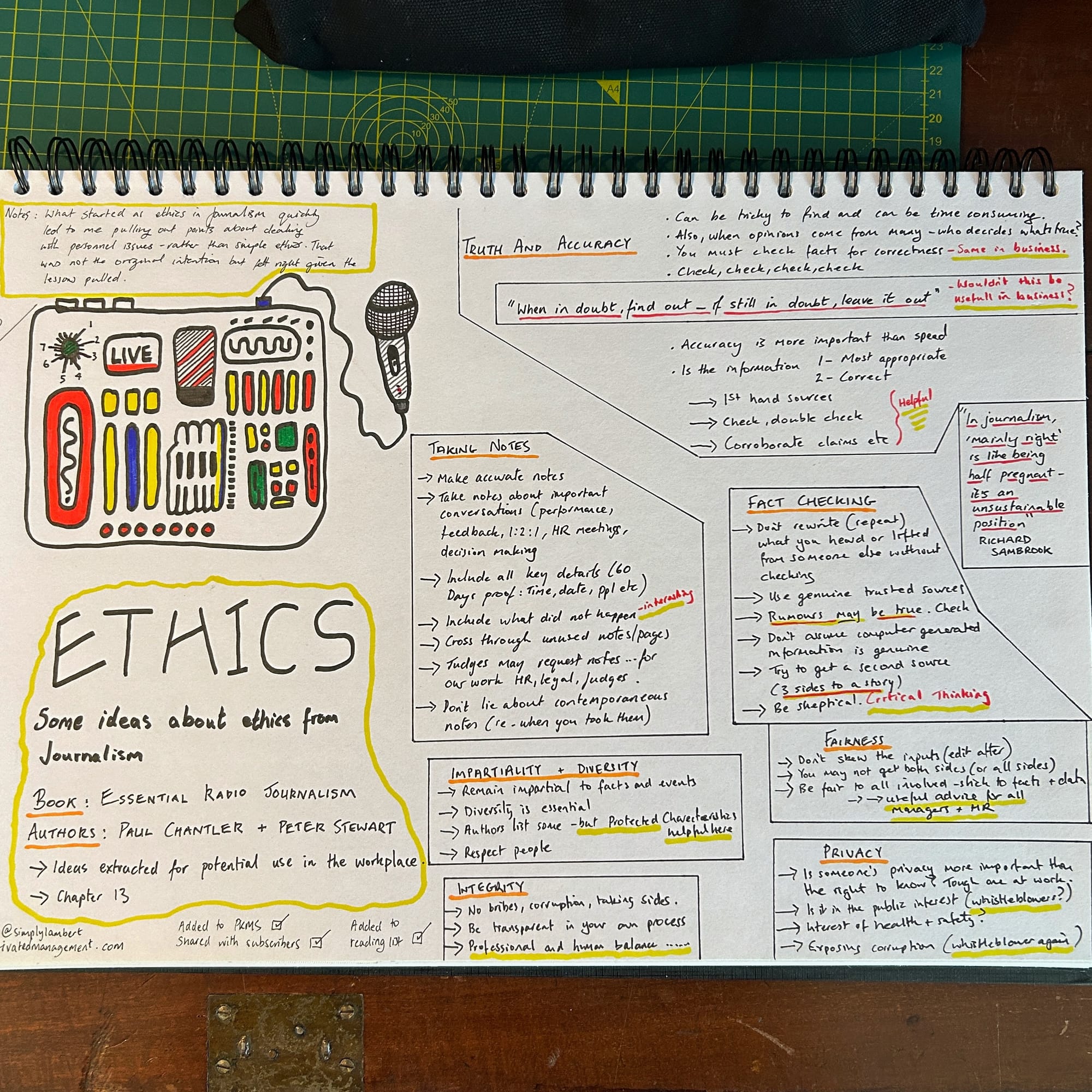
How It All Works Together
| Stage | Tool(s) | Purpose |
|---|---|---|
| Capture | Joplin, Zotero, Notebooks, iPhone | Collect ideas, references, articles, and notes |
| Curate | Zotero, Joplin | Filter, tag, and prioritize information |
| Crunch | Any tool depending on the task | Apply learning, integrate knowledge, take action |
| Contribute | Google Docs, A3 notes, teaching materials | Share insights, write articles, mentor others |
Most of my professional learning lives in Zotero: curated, tagged, annotated, and actioned. Joplin handles ephemeral or miscellaneous info, and notebooks + A3 notes support deeper reflection, scrap notes from learning and visual summaries.
This system has evolved over nearly 10 years, moving from Evernote and Nimbus to Joplin and Zotero, balancing digital efficiency with analogue creativity.
Closing Thoughts
A good PKMS isn’t about having the perfect tool, nor system — it’s about creating a workflow that supports learning, action, and contribution that works for you right now. It will evolve as you do and as your work shifts too. Capture what matters, curate thoughtfully, apply what you learn, and share generously.
For more on the Capture, Curate, Crunch, Contribute:
